The Moody Blues — This Is The Moody Blues
Throughout my discussion of the The Moody Blues, I’ve had to put off the deep discussion about what they mean to me for this record – simply because of my decision to cover these records first alphabetically, then chronologically. If I were to have done it the brave way, autobiographically, this would have been first, because it’s the one that has the most memories and meanings.
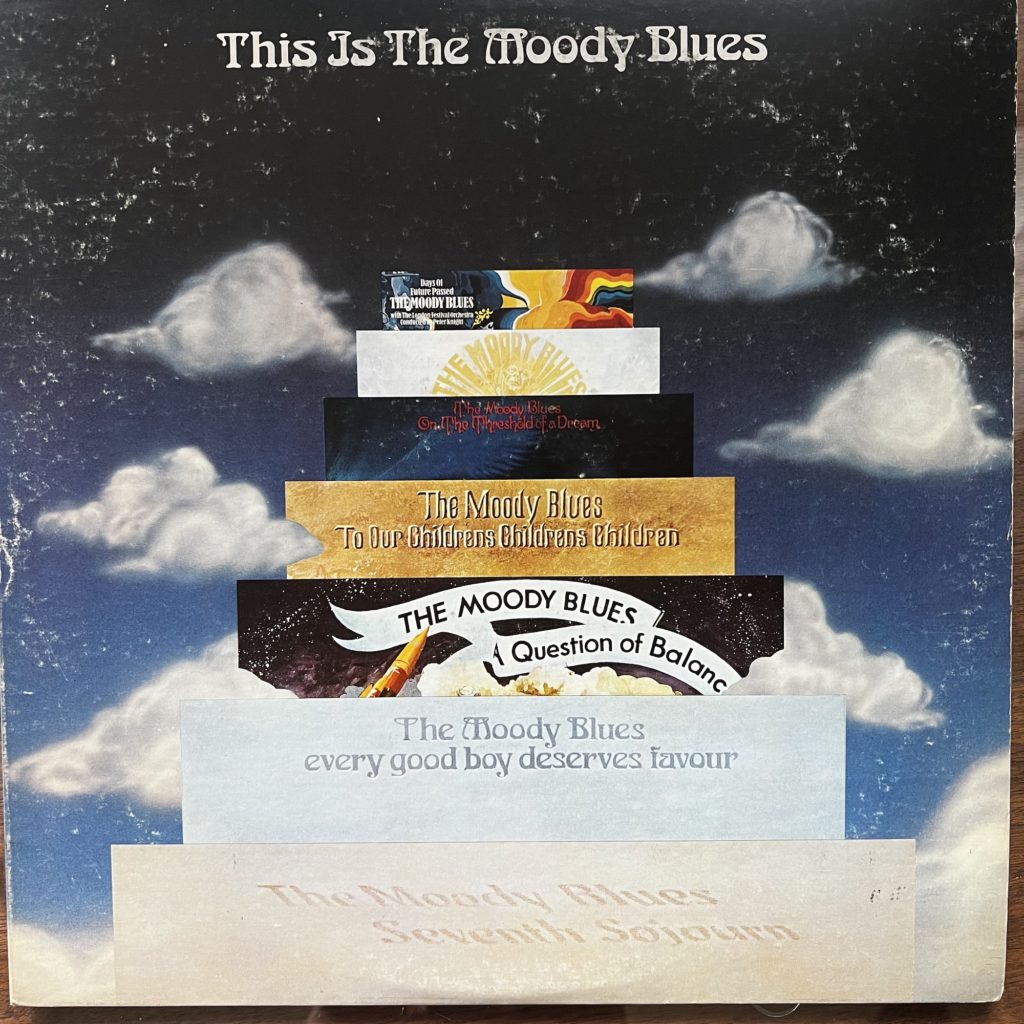
So let’s just imagine what it was like to be a teenager in the ’70s, a time that was both scary and kinda magical. These was still the Cold War, the Generation Gap, racial tension, urban decay. But there was also this amazing evolution of music and culture, this incredible blossoming that began in the mid-’60s and just kept on rolling through the mid-’70s, leading to music that was unlike anything that had been done before, that seemed to have some sort of mystical import. The Moody Blues fell squarely into that category – just on the edge of what I now call “gnome rock,” the kind of music where the fantasy pretensions have gone a bit overboard. The Moodies stayed safely inside that, but they were still sweeping, romantic. Also, most girls I knew loved The Moody Blues, so knowing your MB songs was a good entree.
I knew the songs that had been hits throughout the ’70s, particularly the haunting “Nights In White Satin,” which had been re-released in 1972 and became a night-time FM radio staple, a song that seemed somehow dreamy and meaningful, ever-current. I remember a magical summer night when some friends and I took some Boone’s Farm wine (I use the term loosely) and an ice cream pie of some sort from the Grand Union into somebody’s field up in West Glenville and had ourselves a lovely little summer evening’s party, and at some point on the way up or the way back The Moody Blues must have been playing because I have always associated them with that night. Kids, I’m gonna tell you: we didn’t have Walkmans or boomboxes. We didn’t have a car with a tape deck, though those at least existed then, so it must have just been chance, just a song heard on the radio and forever imprinted on me as we literally rolled in the future hay and had a ridiculous time. (Why we chose that field, I have no idea, though I suspect it was because we wanted to drive down a very dangerous road in the dark and, for just a terrifying moment, turn the car lights off. It was a thing we did.) As Aimee Mann would sing decades later, “We kissed for a while to see how it played.” When there was a hint of young love in the air, of young freedom, how could it be anything else but “Nights in White Satin”?
So it was, knowing most of the hits, that sometime in the spring of my college freshman year I bought “This Is The Moody Blues,” an absolutely epic two-disc collection that cleverly compiled the absolute best MB songs into what really sounded like a cohesive whole, a greatest hits album that worked as an album itself. It’s pretty remarkable – real effort was made in the selections and transitions, in putting together songs that didn’t flow together on the original albums and making it sound like they had always gone together.
This was the semester when my roommate Danny and I bonded hard over The Beatles in particular, but over music generally. Probably because of that not-very-distant memory of a magical night with Boone’s Farm, at some point that spring I instituted Moody Blues night, which occurred weekly after the only evening class I was ever stupid enough to take, a 3-hour introductory astronomy class that satisfied a science requirement. It was a huge, uninteresting weekly lecture far too late for my attention, and just surviving until 9 PM or so felt like it deserved celebration, each time. (I may have done better to have actually studied the material, but I was a teenage idiot.) Sometimes that celebration featured Boone’s Farm, sometimes . . . god help me . . . it was Annie Greensprings. I also remember buying a bottle of something of that ilk so foul that even I couldn’t drink it, it sat around for ages. Always, it featured this album. That entire semester, every Tuesday (?) night: bad wine, The Moody Blues, and me.
I bought this new, and if I’m remembering correctly, it may have been one of the first records I bought after moving to Syracuse for school. I even seem to think I bought it at Spectrum Records, the student-run record store. I wasn’t yet addicted to the thrill of going through the used records at Desert Shore; until I discovered that place, nearly all my records were new purchases. And I’m sure I bought this in fond memory of how the Moodies had made me feel in that wonderful summer. And I just fell into this album. It is so seamlessly produced, so nicely organized with quality transitions between songs that weren’t even on the same albums originally. It was a such a broad discovery, so much of their catalog and their magical songs represented here, and it was just: eye-opening. For me, musically, it was a whole new identity, different from the music I had been buying in high school. It felt more grown up, more important. More mature, anyway, and when you’re lying around your dorm room floor after another evening of failing a basic science class drinking alcohol that tastes like green apple candy, well, it’s important to feel mature.
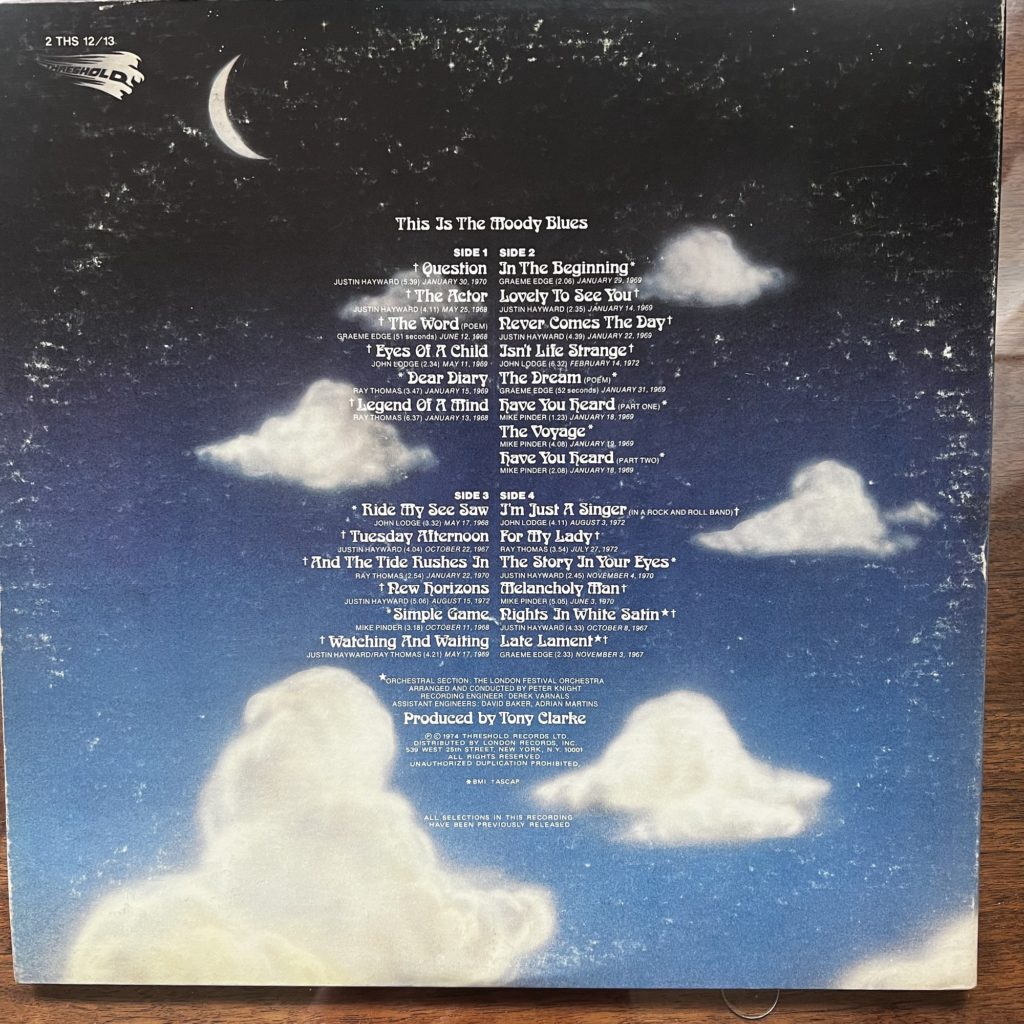
This never left rotation throughout college, and for many years after. As I’ve mentioned, its thoroughness actually put me off collecting any number of their albums, because so much was on here. Now that I’ve gone back and picked up the bulk of their catalog and listened to it all quite a bit, I’ll say again that this album really caught their essence. There’s a lot of additional great stuff to be found on the original albums, but I also had a really good sense of what they could do just from this collection. With so many bands’ greatest hits albums, that’s not really the case – the hits stand out, and the remnants are different somehow (better or worse, but different). There’s often some stuff that’s unique, something that really stands out for fans that isn’t represented by the hits. I wouldn’t say that’s the case with The Moody blues.
After all these years of mostly relying on this record when I want to hear some Moody Blues, now I’m inclined to reach for “To Our Children’s Children’s Children” or “In Search of The Lost Chord,” and to play through the full album catalog before I might come back to this one.
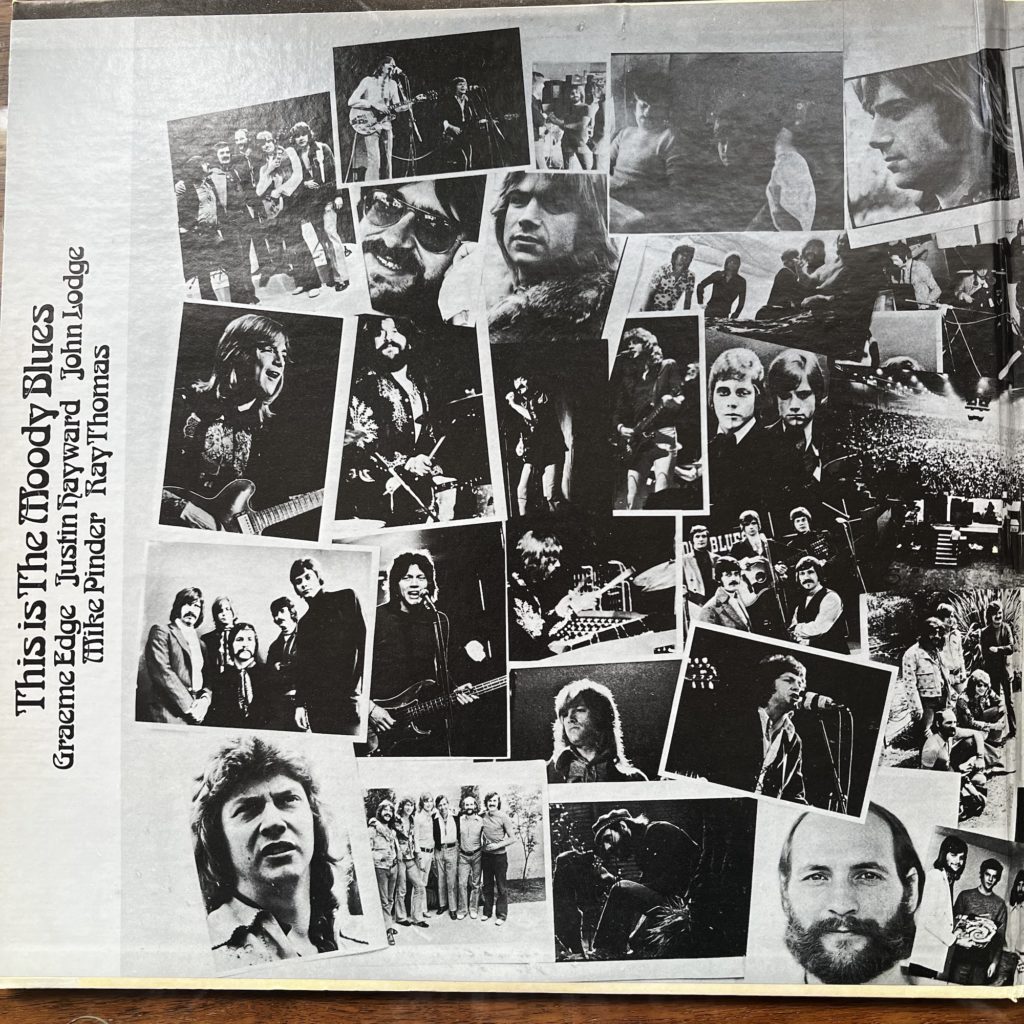
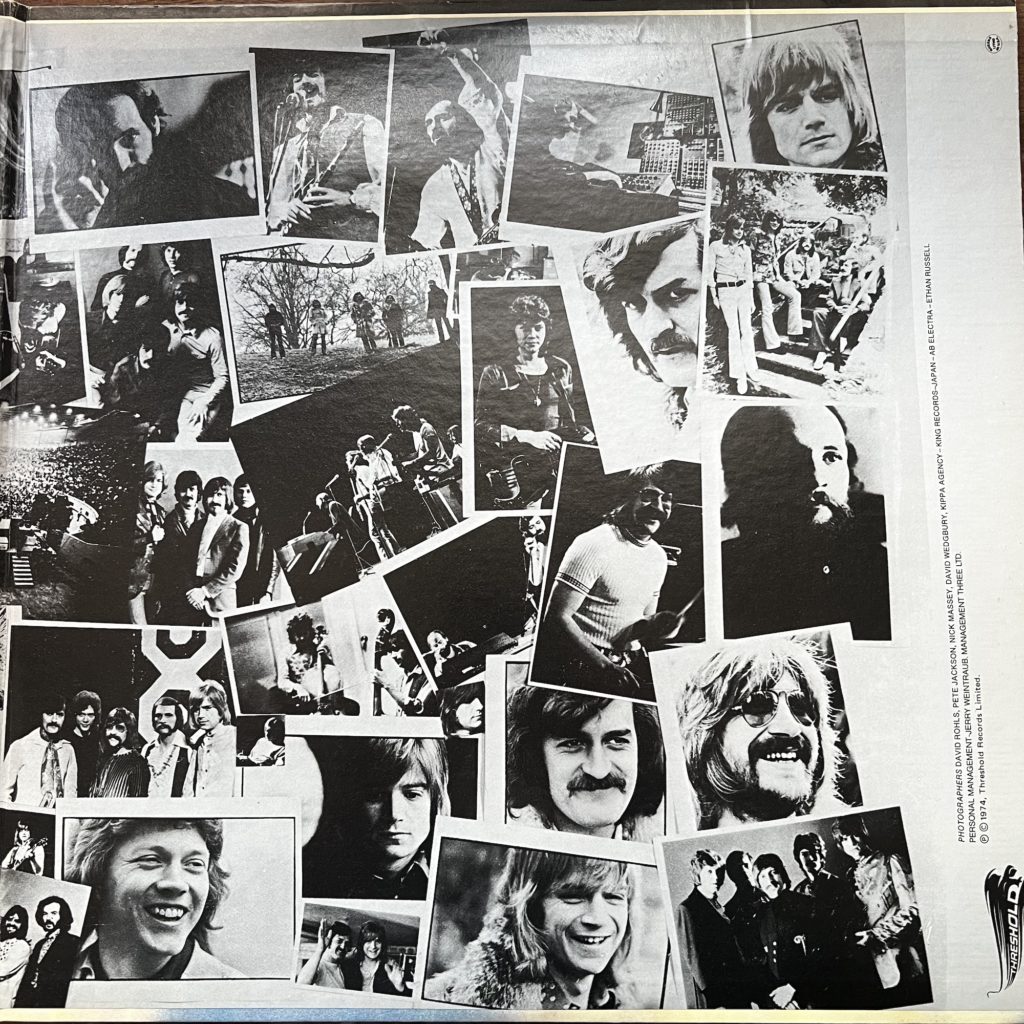
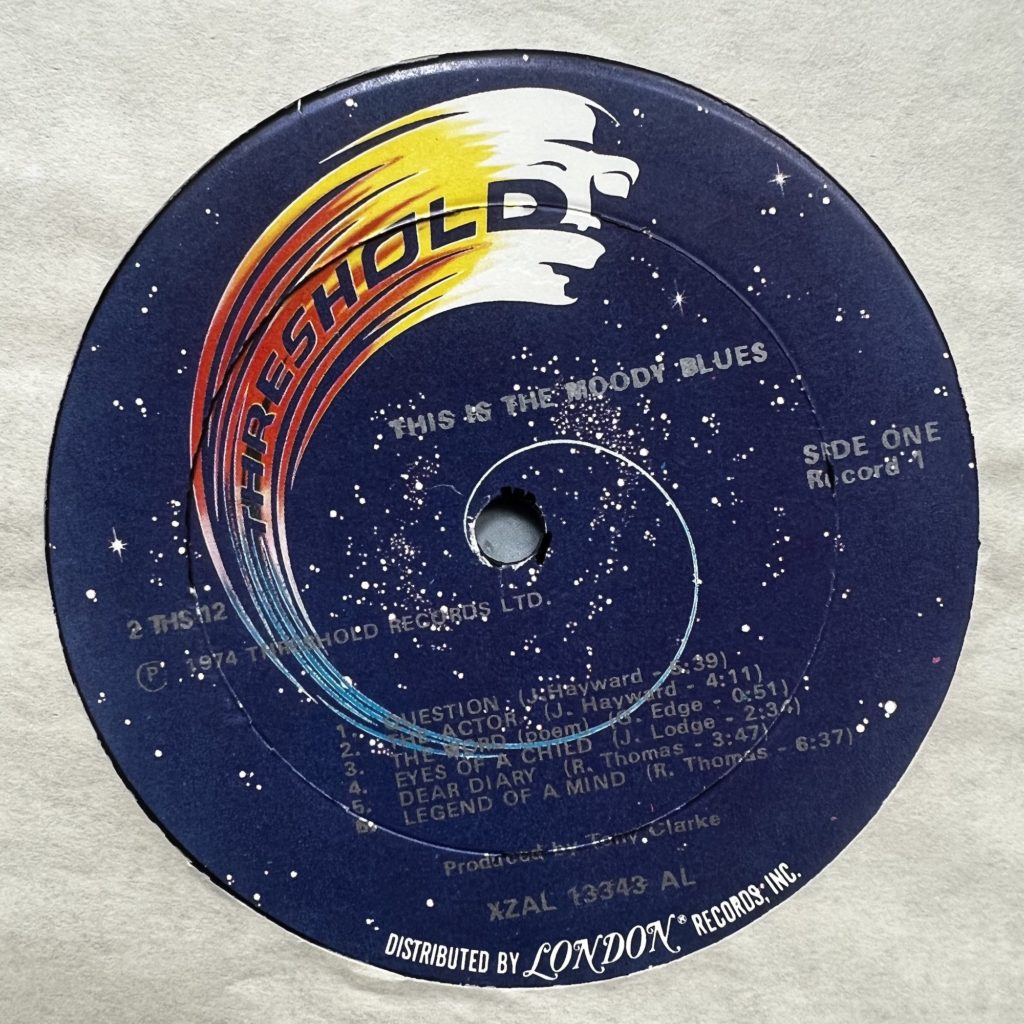
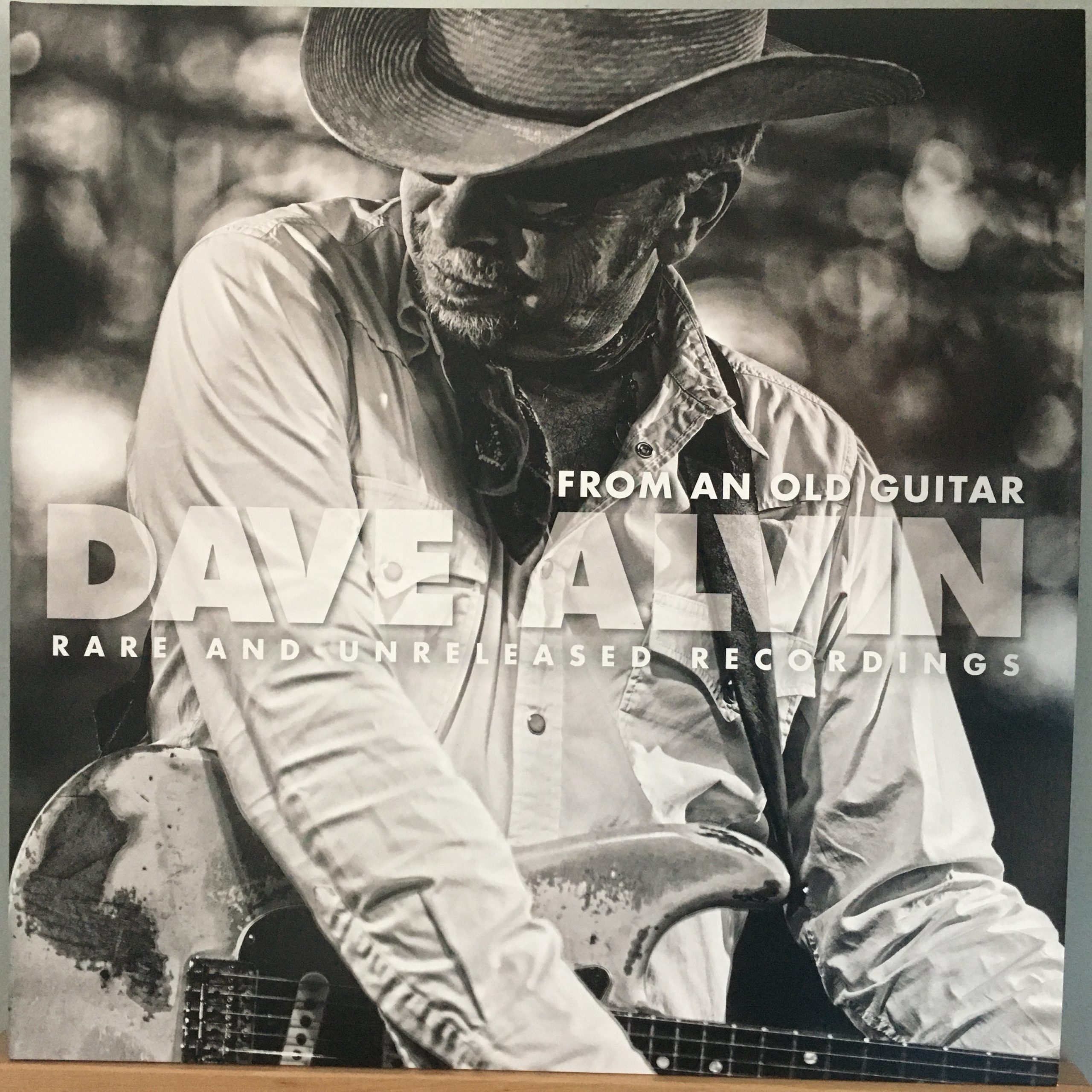
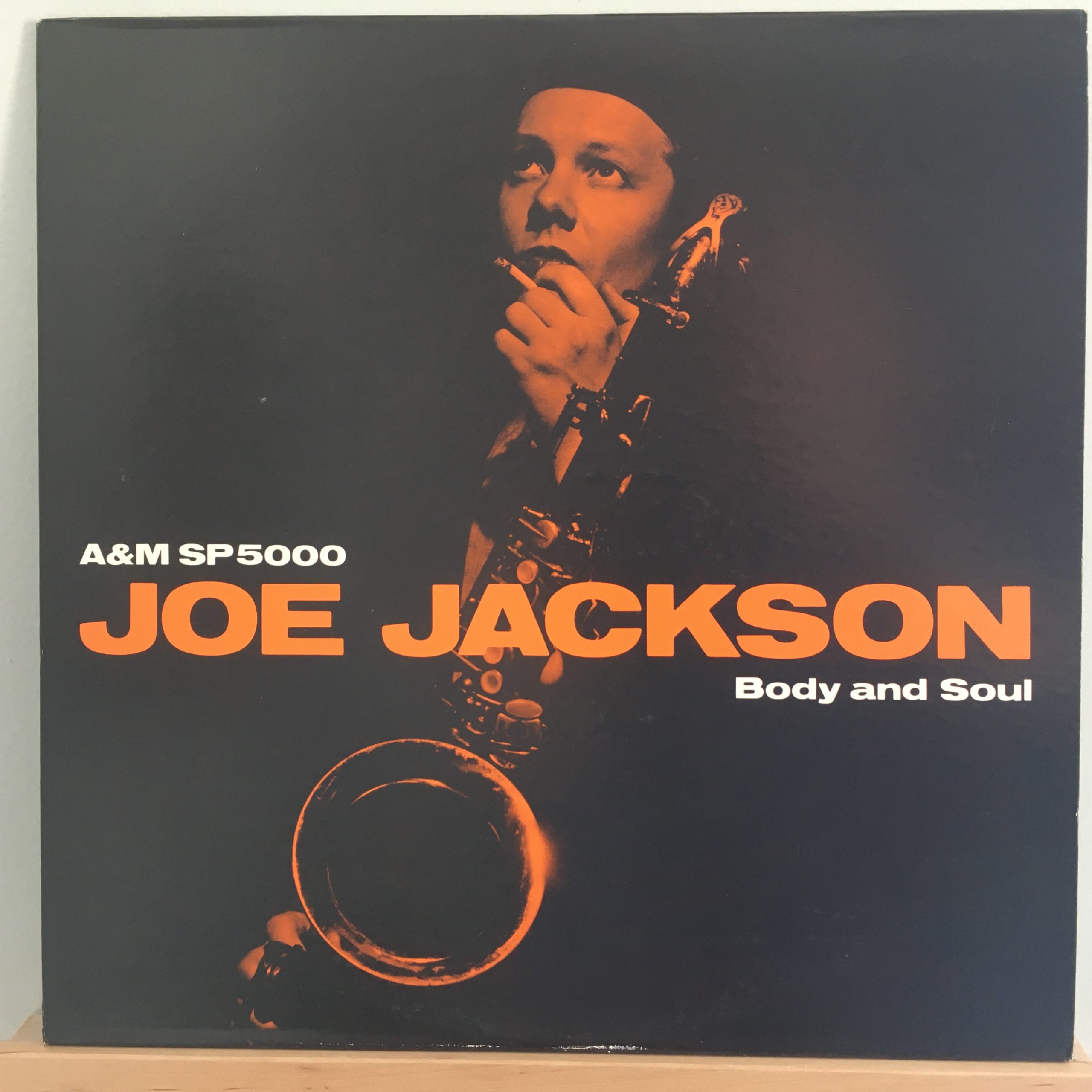
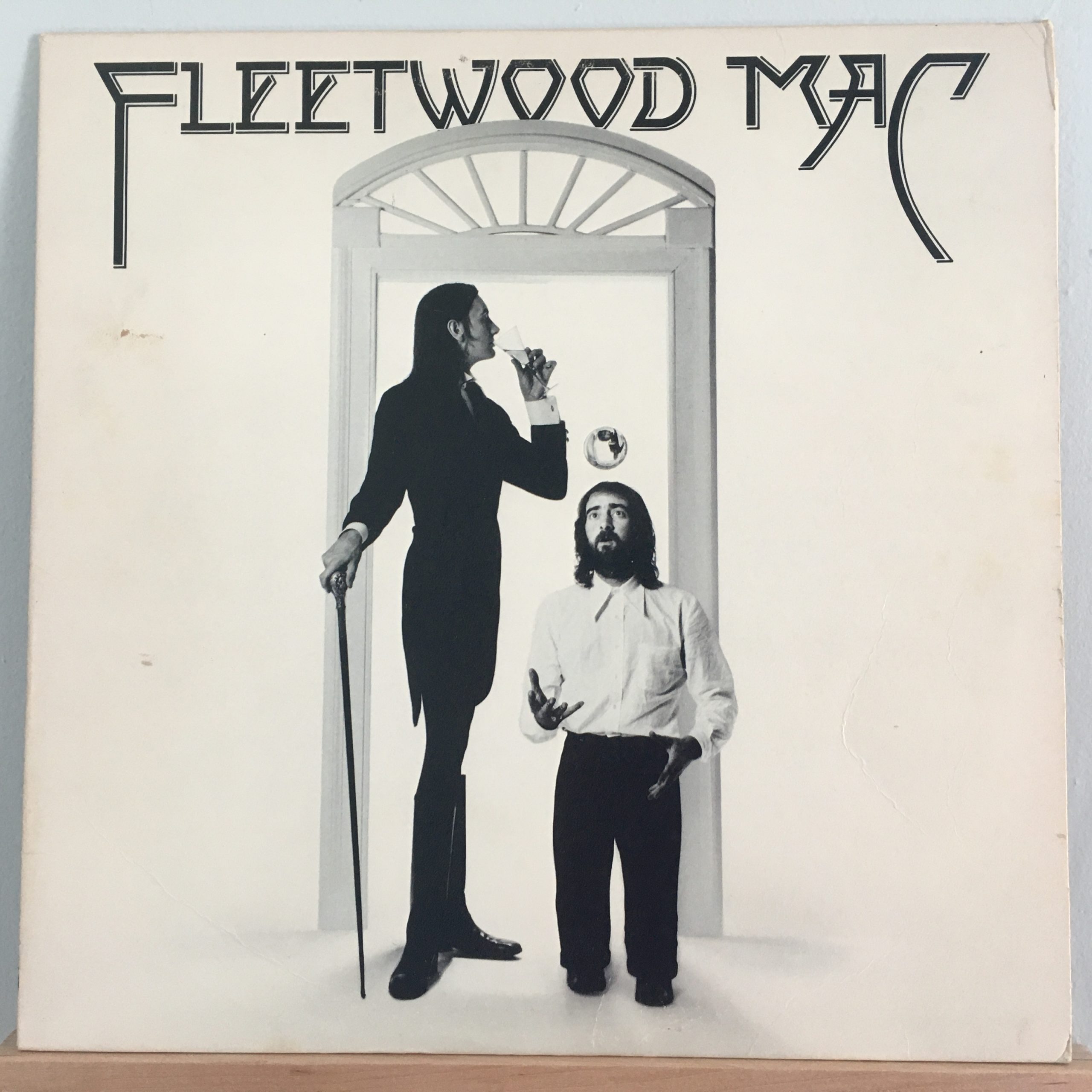
Things We Said Today